About Solar Panel Adhesive | JCT Machinery
 Aug 01,2025
Aug 01,2025

 JCT
JCT
Common Solar Panel Adhesive Types
| Type | Application | Feature |
| RTV silicone sealant | Junction box sealing, frame bonding | Weather-resistant, UV-resistant, flexible, suitable for outdoor use |
| Two-component polyurethane adhesive | Frame structural bonding | Strong adhesion, good toughness, no brittleness after curing |
| Epoxy structural adhesive | Backboard fixing, bracket connection | High strength, high modulus, suitable for structural fixing |
| Hot melt glue (PO/EVA) | EVA film, wiring fixing | Quick bonding after heating and fluidization, suitable for assembly line processing |
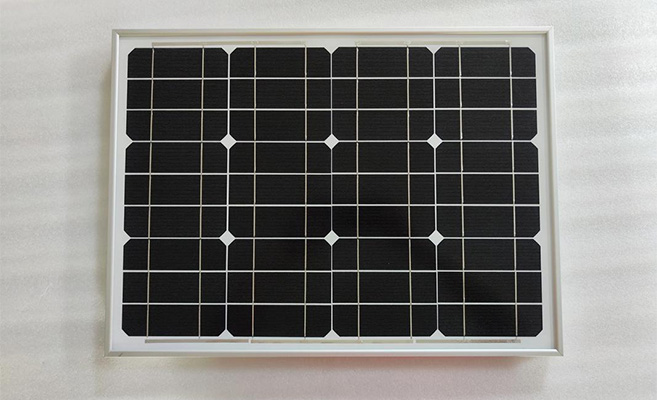
Solar Panel Adhesive Performance Requirements
- Excellent high and low temperature resistance (-40℃ to +85℃)
- Excellent aging and UV resistance (≥20 years lifespan)
- Excellent bonding strength and flexibility
- Long-term resistance to yellowing, cracking and peeling
- Excellent electrical insulation properties (especially for junction box adhesive)
- Environmentally friendly and non-toxic (REACH, ROHS) compliance
Solar Panel Adhesive Production Process Challenges
- High viscosity: Adhesives such as RTV silicone sealant, and modified epoxy adhesive typically have viscosities ranging from 100,000 to 3,000,000cps, making them difficult to mix evenly with conventional blenders.
- High filler content and difficulty dispersing: Inorganic fillers such as alumina, silica, thermal conductive powder, and flame retardants are often added to solar adhesives, which are prone to agglomeration and require vigorous shearing and dispersion.
- Complete degassing is requried: Adhesives used for sealing junction boxes, acksheets, and frames must be completely free of bubbles, otherwise they will affect waterproofing, insulation, and bonding performance.
- Mixed uniformly and withour dead spots: Inhomogeneous mixing can easily lead to unstable product performance and shortened product lifespan.
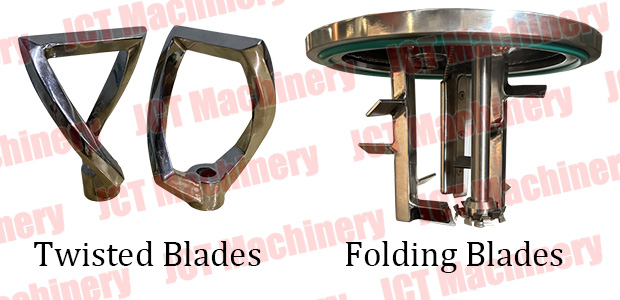
Why choose double planetary mixer to produce solar panel adhesive?
1. Revolution and rotation planetary mixing mechanism
Repeatedly stirs materials for comprehensive mixing without dead spots.
2. High torque and high shear capacity
Double planetary mixer can handle high-viscosity and high-filler systems with high mixing efficiency.
3. Vacuum-sealed chamber design
Enables simultaneous vacuum degassing during mixing, eliminating microbubbles and improving the sealing performance of the adhesive.
4. Multiple impeller configurations (folding blade, twisted impeller)
Optimizes mixing for different colloid properties.
5. Heating/cooling jacket
Controls material temperature to prevent overheating and solidification.
6. Available in all stainless steel or corrosion-resistant materials
Compatible with acidic or silicone-containing systems, extending equipment life.
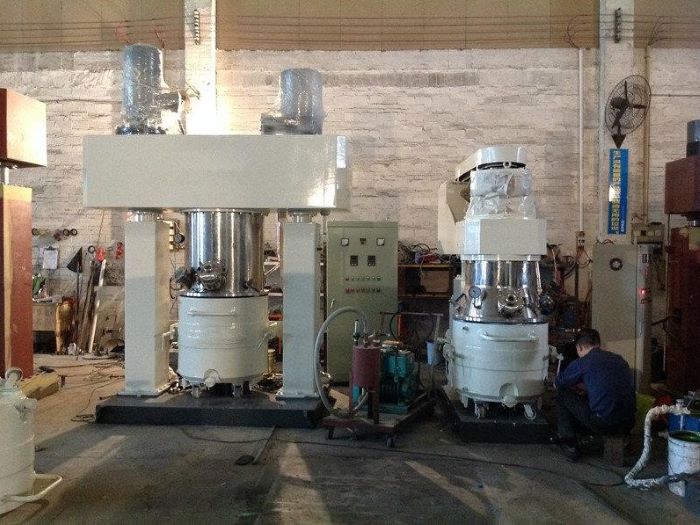


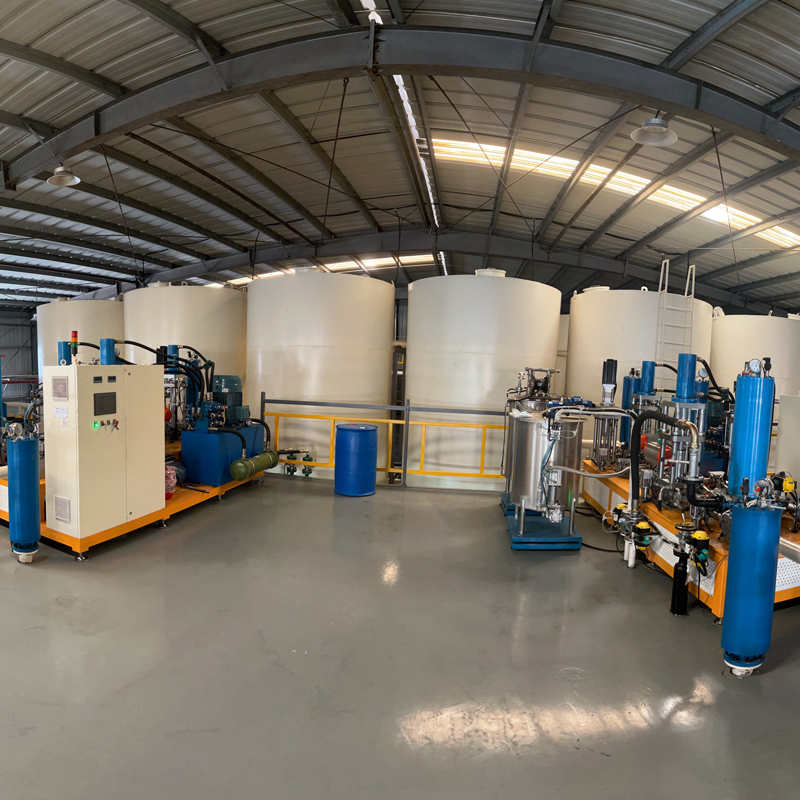
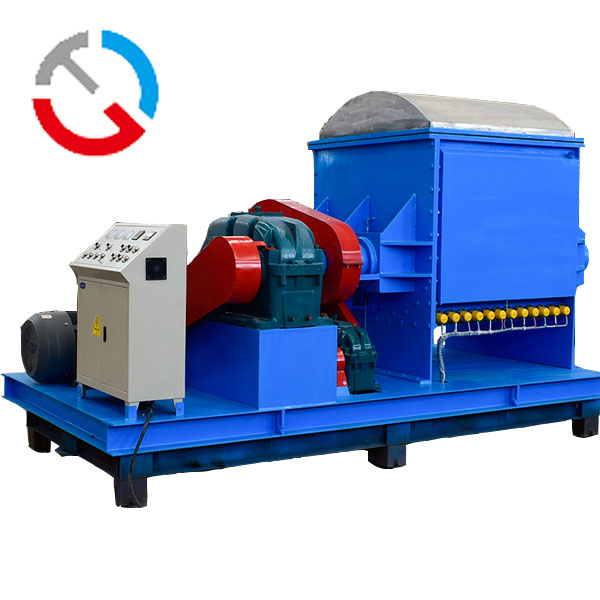
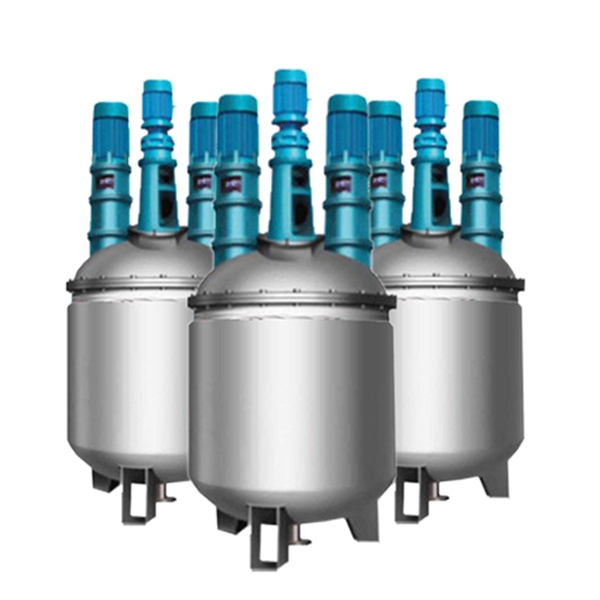
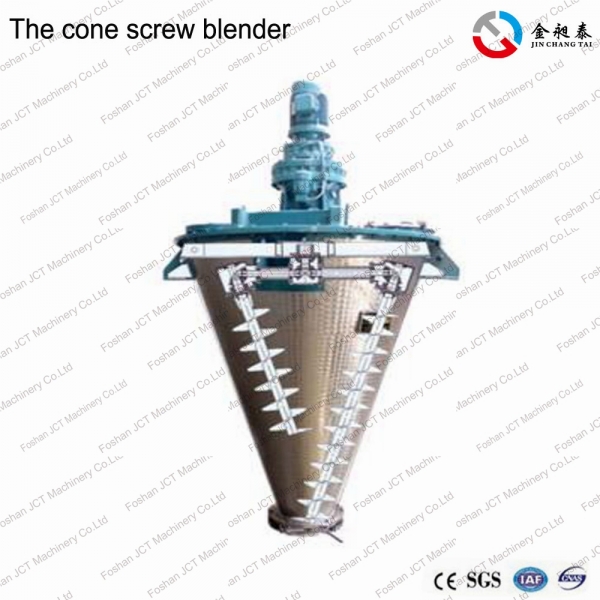
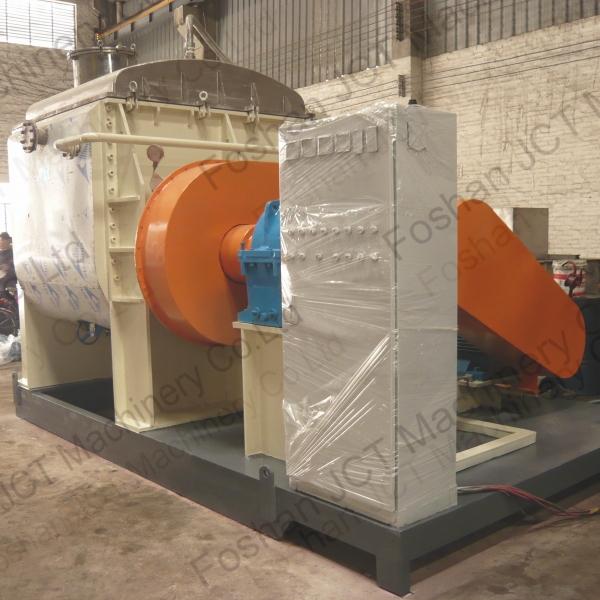
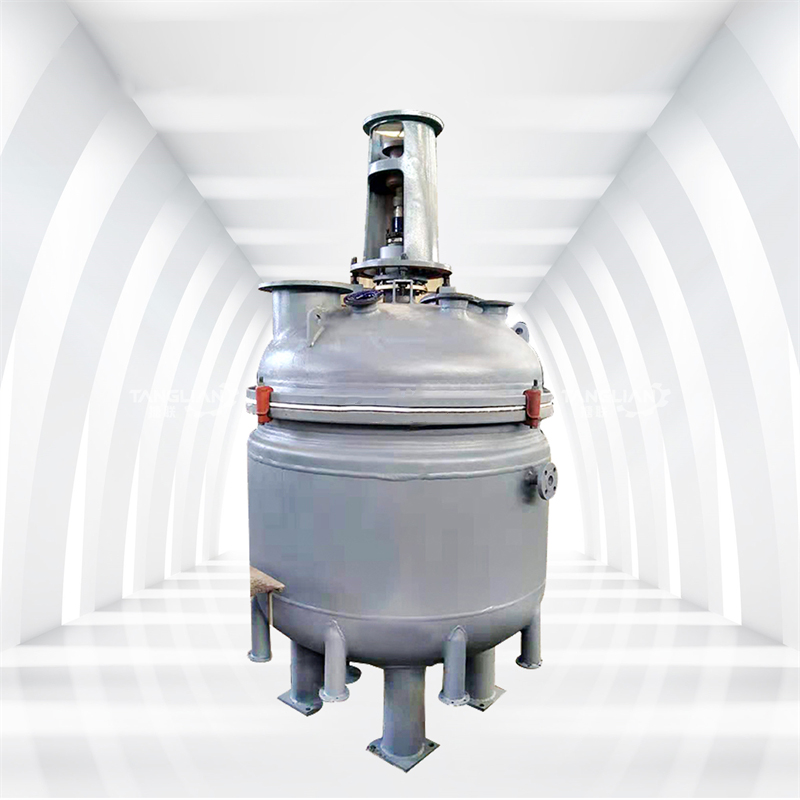
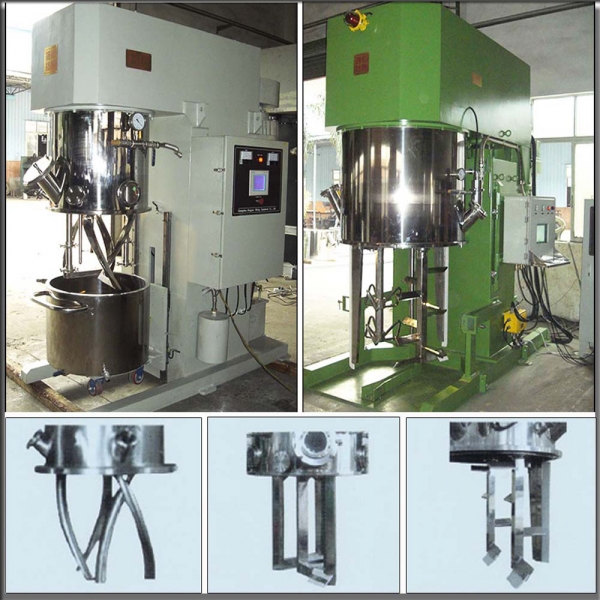


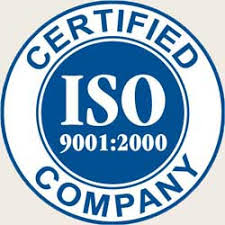


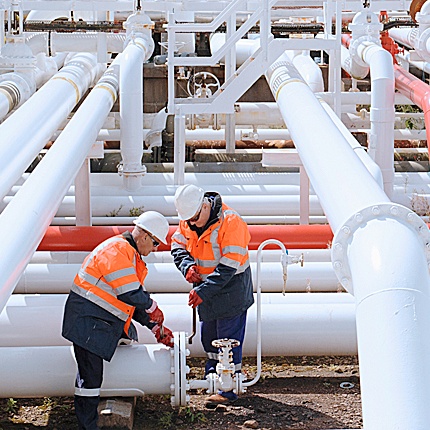
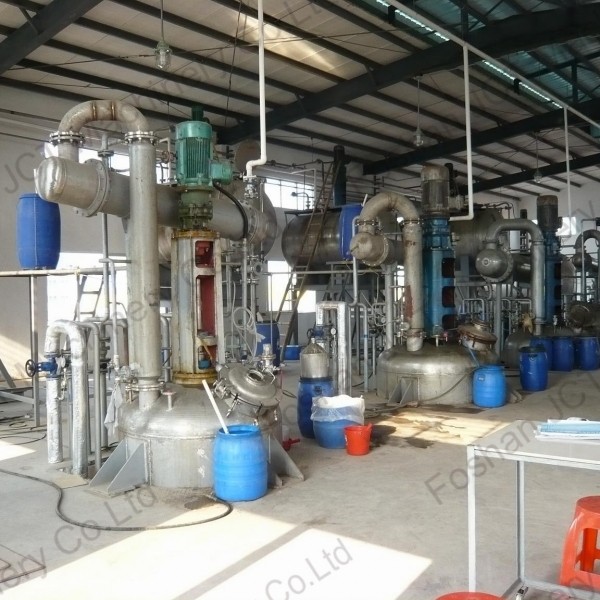
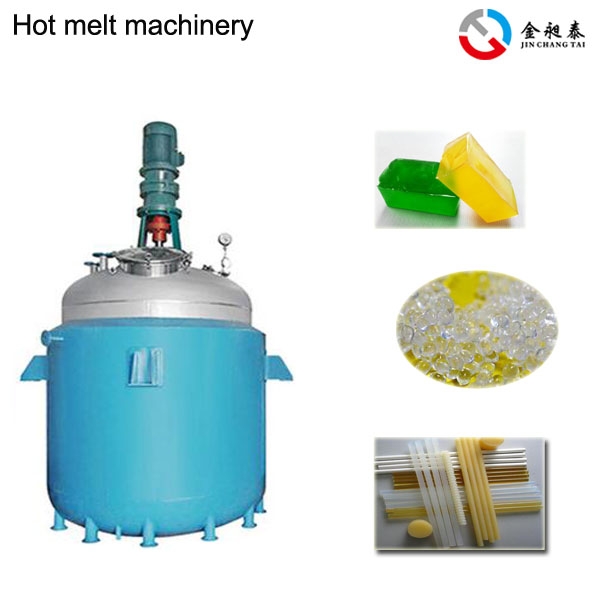
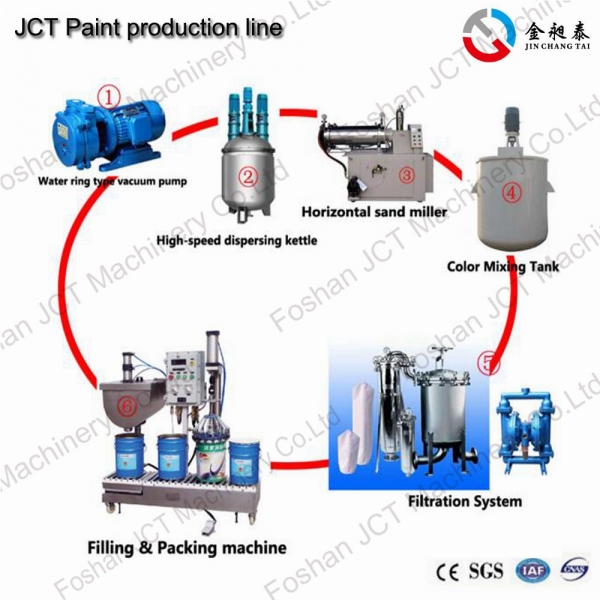
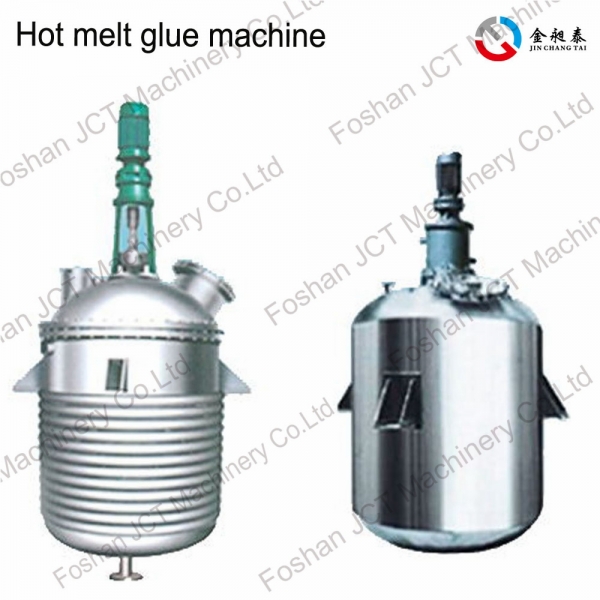
 CN
CN
 HOME
HOME Sigma Mixer Manufacturer | JCT Machinery
Sigma Mixer Manufacturer | JCT Machinery  You May Also Like
You May Also Like
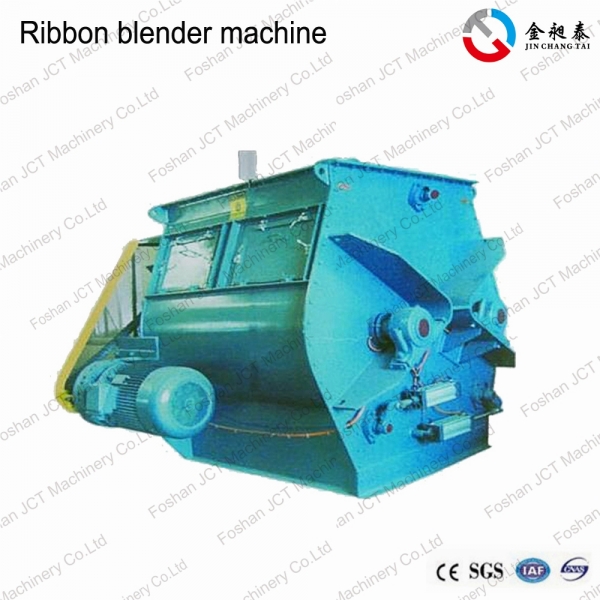

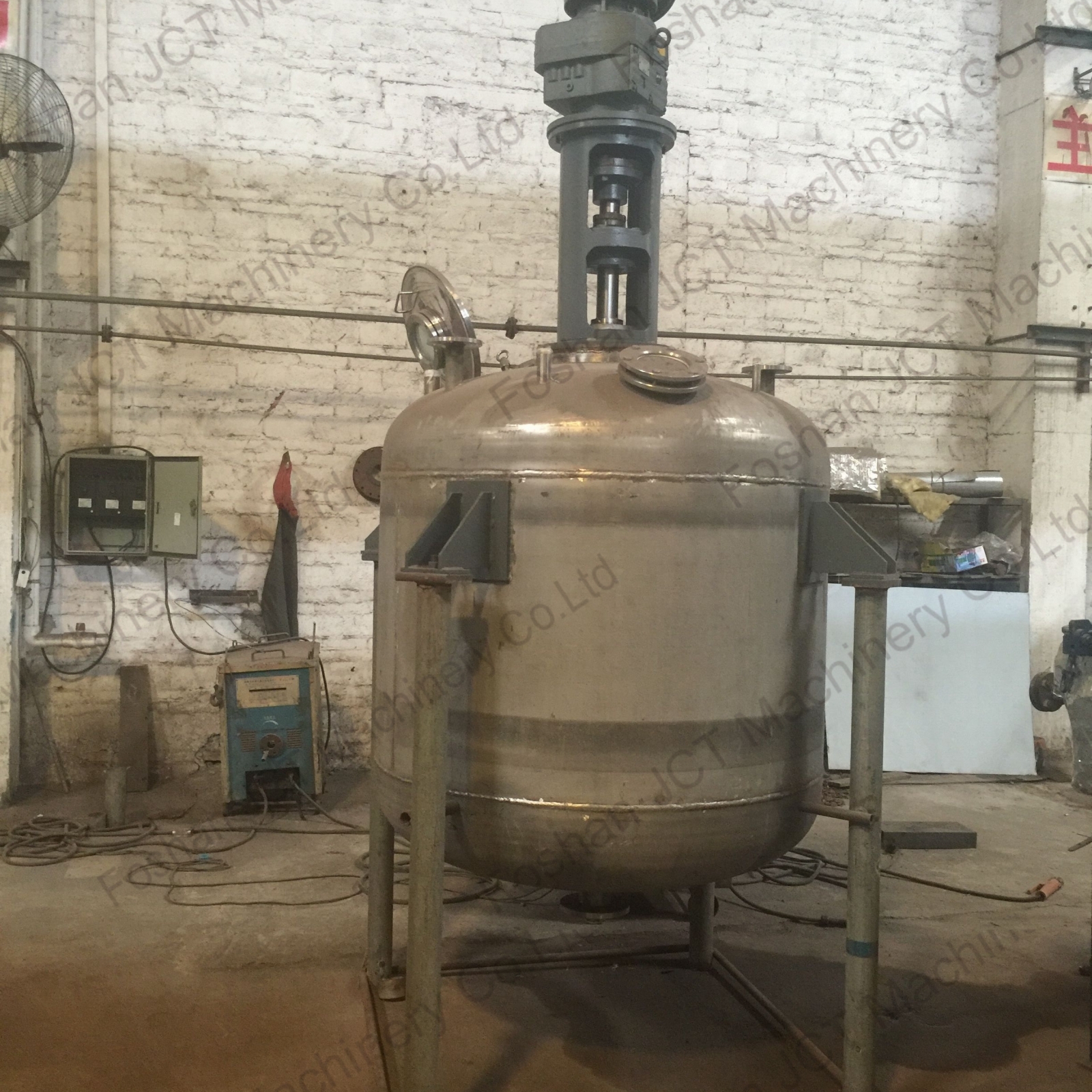
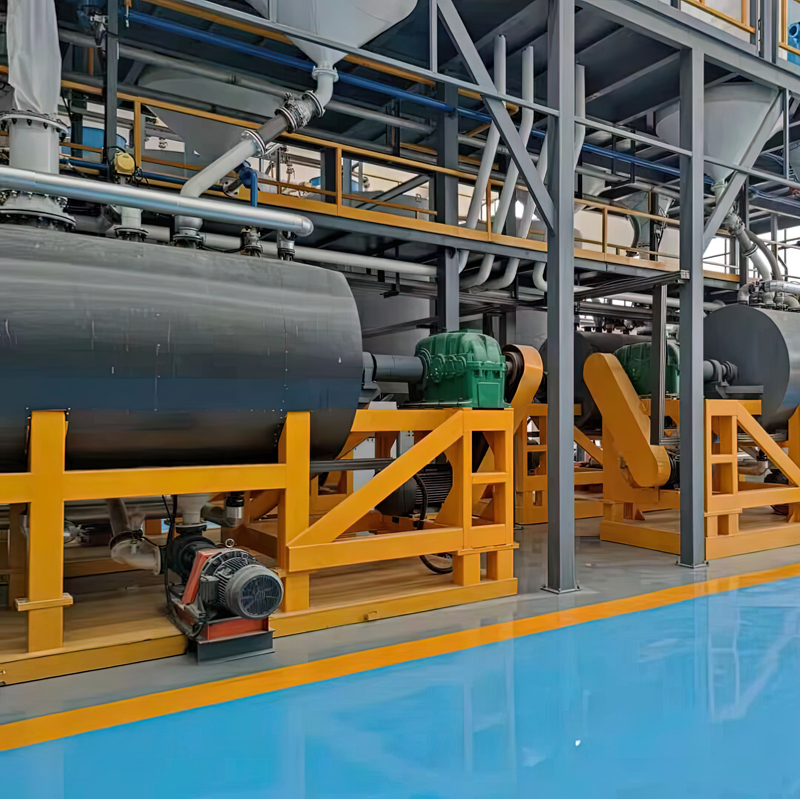
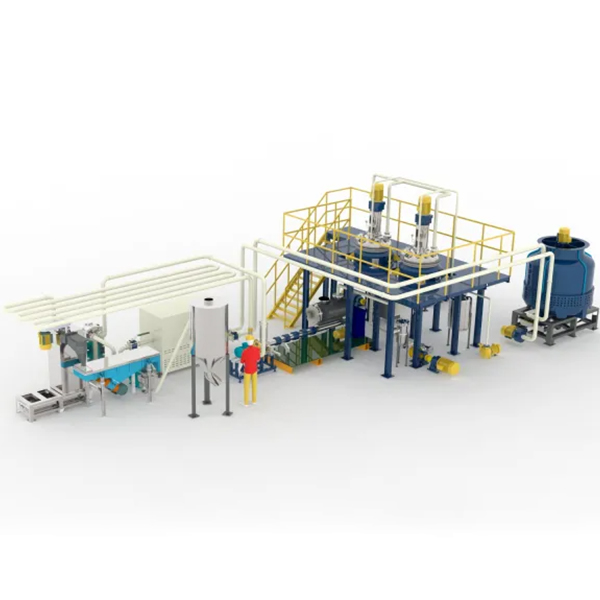

 Tel
Tel
 Email
Email
 Address
Address










